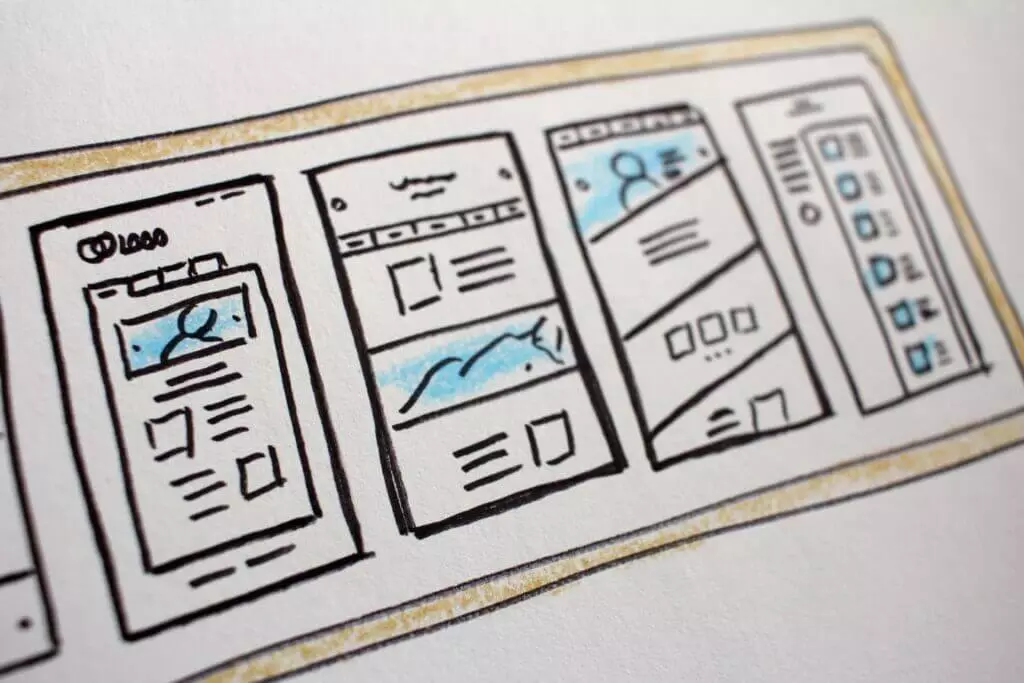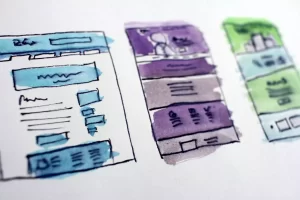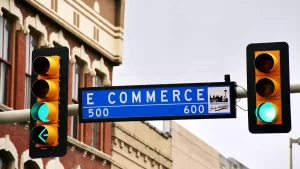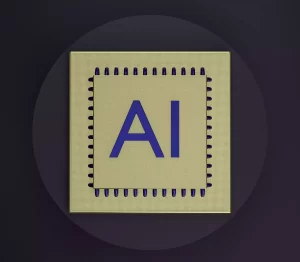Web design and content marketing are two essential elements of a successful online strategy. In the digital era, a well-designed website can have a significant impact on the effectiveness of content marketing. This article explores how web design affects content marketing and how this relationship can be optimized for better results in search engines.
User Experience (UX) and Visitor Retention:
The first impact of web design on content marketing is through creating a positive user experience. A well-designed site facilitates navigation and finding desired information. This not only keeps visitors on the site for longer but also encourages them to explore more content. The longer users spend on the site, the higher the chances of converting visitors into customers or supporters.
Page Loading Speed:
Another crucial factor is the page loading speed. Search engines, such as Google, give special importance to this aspect in their ranking algorithm. Efficient web design optimizes images and codes pages to ensure quick loading of content. A fast site not only enhances user experience but also contributes to higher rankings in search engine results.
Content Structure and Organization:
Web design influences how content is structured and organized on the site. Well-thought-out architecture facilitates finding information and helps search engines understand the content hierarchy. By using appropriate tags and logically organizing pages, the site can benefit from better visibility in search results.
Responsive Design and Mobile Device Adaptability:
With an increasing number of users accessing the internet from mobile devices, responsive design becomes essential. A site that adapts to different screen sizes not only improves user experience but also increases the chances of attracting traffic from mobile searches. Additionally, Google pays special attention to sites with responsive design in its ranking algorithm.
Correct Use of Graphic and Multimedia Elements:
Effective web design is not limited to textual structure alone. Graphic and multimedia elements play a crucial role in retaining visitors’ attention. However, they should be used moderately and strategically. Proper alt tags for images and videos can enhance content relevance for search engines.
Links and Internal Navigation:
Internal links and navigation structure are essential aspects of web design that directly affect how search engines index and rank pages. Clear navigation and well-placed internal links help distribute page authority throughout the site, thereby increasing relevance and ranking.
The relationship between web design and content marketing is closely interconnected. Well-thought-out web design can improve not only user experience but also performance in search engines. Optimizing these aspects not only brings immediate benefits but also contributes to building a sustainable and effective online presence. In the digital era, where competition is fierce, the seamless integration of web design and content marketing is the key to sustainable online success.
Learn more about Creating Intuitive Interfaces for Enhanced User Experience
Follow us on social media:
Instagram: https://www.instagram.com/securemenow/
Facebook: https://www.facebook.com/securmenow
We offer Web Design services. Contact us







